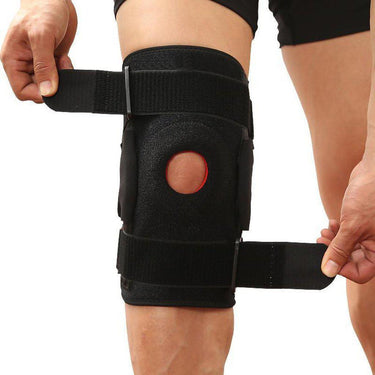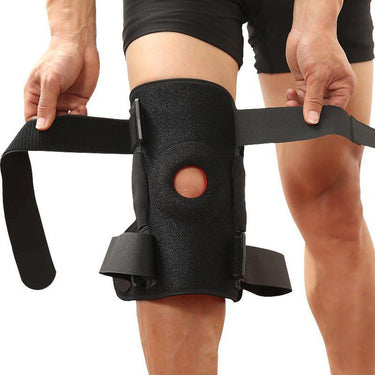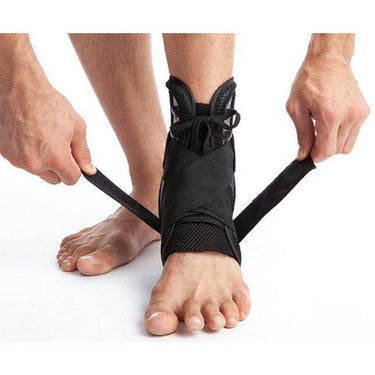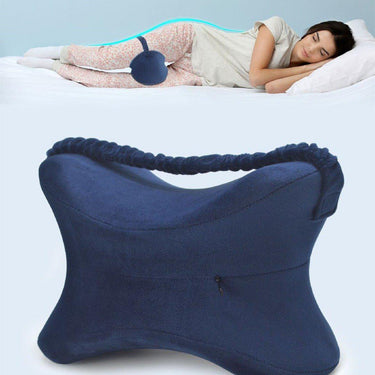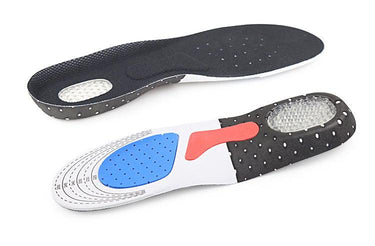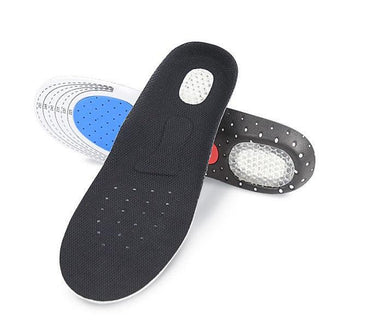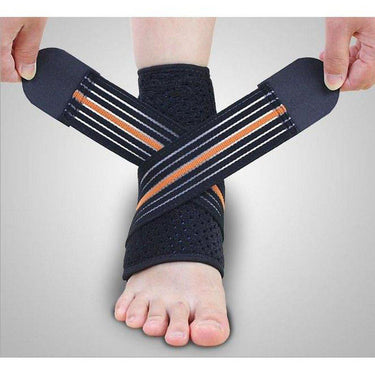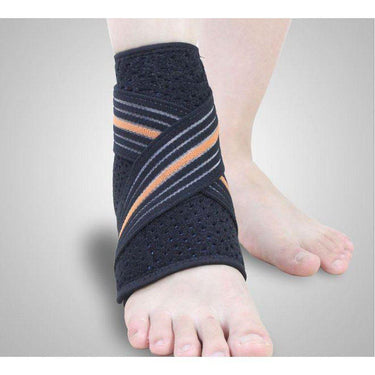Using a Wrist Support after Fracture.
How a support can help your recovery.
Wrist fractures are commonly caused by a fall into your hand. The impact causes the bones in the wrist to break, with symptoms being pain, rapid swelling, with tenderness around the bone. You may notice that the wrist can change shape and in severe cases the bone may break the skin.
Once a break has been confirmed on x-ray it can be managed conservatively or surgically. Conservative management involves ensuring the broken bones are aligned and then a plaster is applied to keep your wrist in the correct position for healing.
If the bone has broken into several pieces, is severely out of alignment or if manipulation to realign the bones has failed, then surgeons may have to intervene. An incision is made into your wrist area and the bones are fixed with a metal bar and screws or a metal wire. This means that the bones are held in place by the mental work so the healing of the bone is in the correct position. In most cases the metal work is left in the arm forever but in some cases if the metal causes any problems it may be removed.
In both these scenarios, complete immobilisation of the wrist is advised for 6-8 weeks but this does depend on bone healing and can be longer. Bone healing can be affected by:
- further falls or trauma
- general health
- osteoporosis
- poor nutrition
- low weight
When Doctors and specialists are satisfied with the bone healing then gentle movement is encouraged. The plaster of Paris will be removed and you will be recommended a wrist splint or support brace, usually with a metal bar in to maintain good wrist alignment and protect it from too much stress.
At this stage seeing a physiotherapist is vital to restoring normal movement and strength to the wrist. The wrist joint may still be painful as well as being stiff and weak. This is normal after a prolonged period of disuse and can be restored easily with graded rehabilitation.
Within the first week after bone healing you will start to get some movement back and be able to pick up light items.
Within 2-3 weeks you may feel confident driving depending on your grip and movement. Pulling the handbrake may also be difficult.
As time progresses with a natural return to normal day to day activities the wrist will become stronger and get back to normal.
Within 4-6 weeks you may find you are able to return to sport based activities that involve the upper body and arm. Gripping a racket, hockey stick or throwing a rugby ball should be realistic even if you can't quite hit a ball or have your previous level or accuracy. That will come with practice and the wrist will need to be retrained in those movements.
Support your recovery
Recovering from a wrist fracture takes time and will feel very fatigued when it comes out of plaster. A wrist support will bridge the gap, support the wrist and help healing.




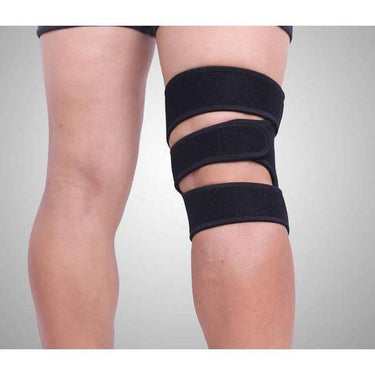
![Extra Large Knee Support, Adjustable Fit - More comfort for larger knees-Orthotics, Braces & Sleeves-[Single] Knee Support - Extra Large-Essential Wellness-5060536630770](http://essentialwellness.co.uk/cdn/shop/products/orthotics-braces-sleeves-extra-large-knee-support-adjustable-fit-more-comfort-for-larger-knees-1_375x.jpeg?v=1640355859)
![Extra Large Knee Support, Adjustable Fit - More comfort for larger knees-Orthotics, Braces & Sleeves-[Single] Knee Support - Extra Large-Essential Wellness-5060536630770](http://essentialwellness.co.uk/cdn/shop/products/KneeSupportSizeGuide_375x.png?v=1626784613)
